Featured Stories
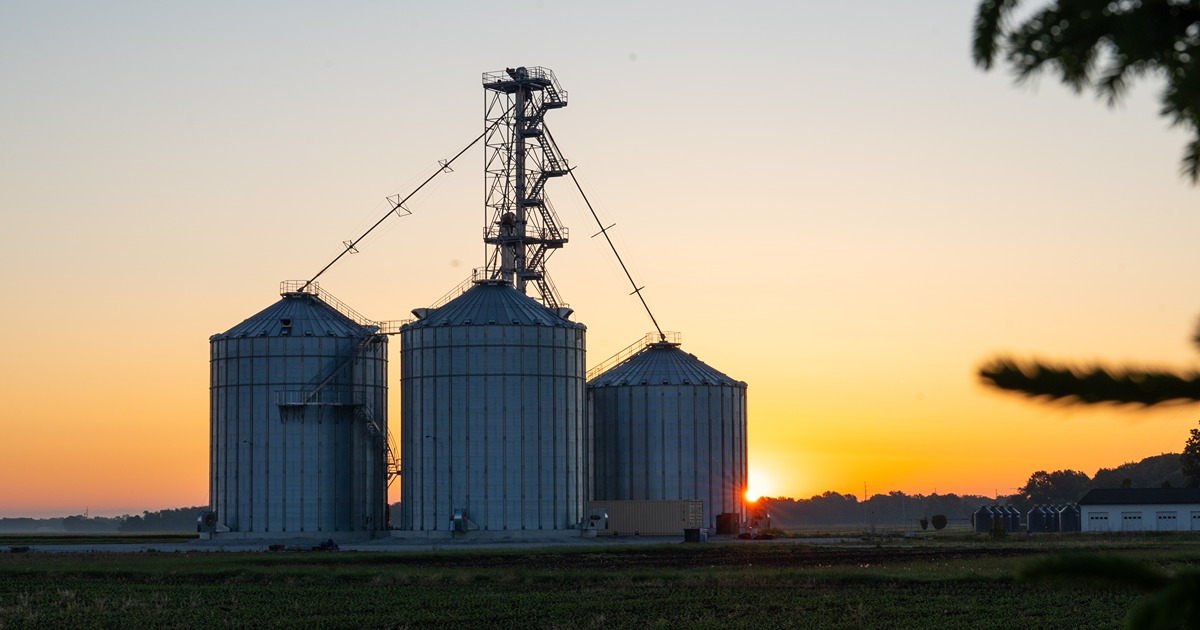
Purdue Extension workshop offers strategies to future-proof farms
Purdue Extension invites Indiana farmers and agricultural families to attend Farm Shield:...
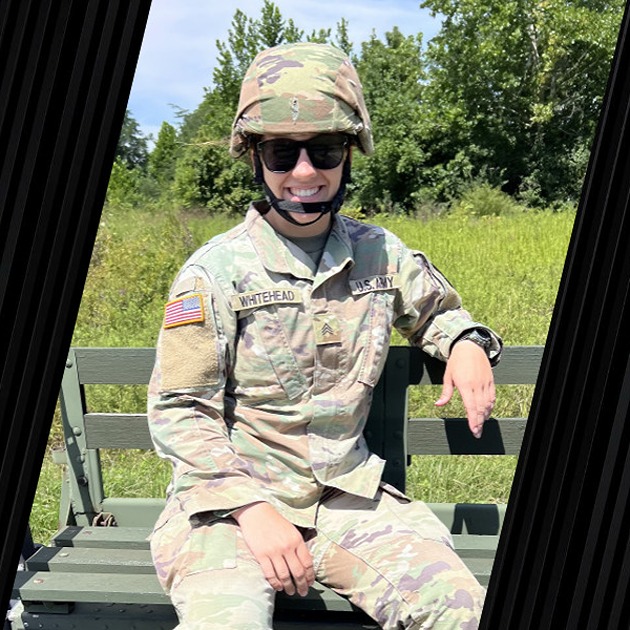
Supporting veterans year-round with resources for success
Purdue Extension, in partnership with the National AgrAbility Project and Indiana AgrAbility,...

Meal prep made easy with AI: Tips from an Extension educator
Unsure what to make for dinner, you check your kitchen. A loaf of bread. A bag of baby carrots. A...
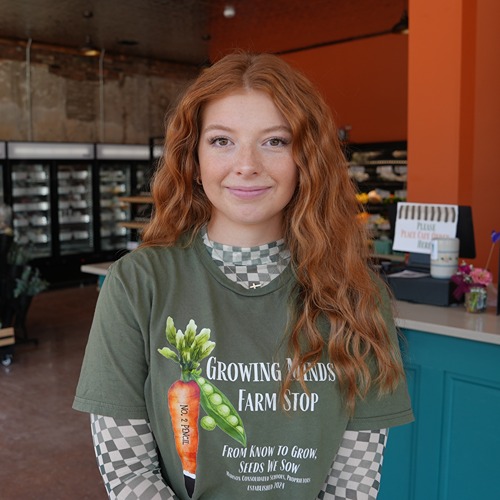
Confidence grown in 4-H leads to unexpected connections and career path
As the assistant manager at Growing Minds Farm Stop, Lilly Cox understands how much work running...
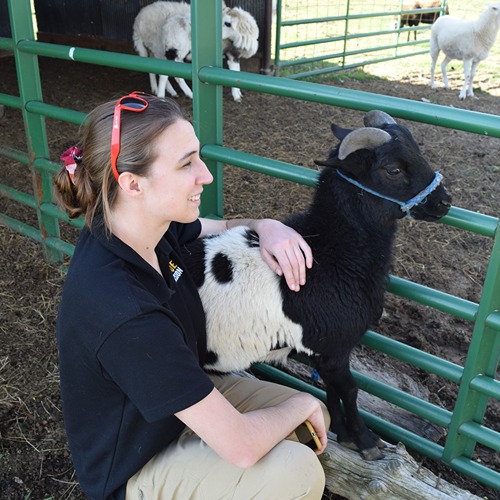
Strengthening knowledge of sheep, goats through new Purdue Extension resources
Cora Reinbolt, who has been an Extension educator in Bartholomew County for six years and has...
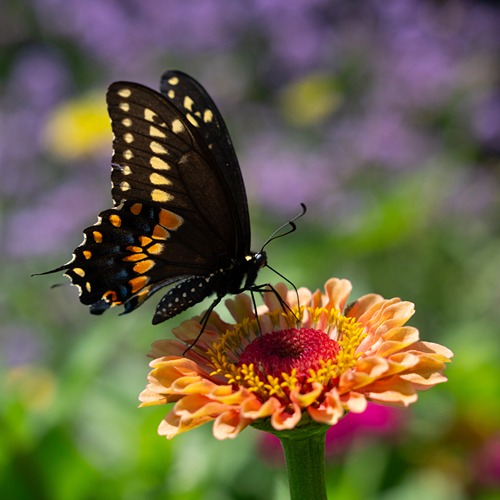
5 things to avoid this fall when putting your garden to bed
As tree leaves flourish into bright fall colors, home gardens are fading into collections of...